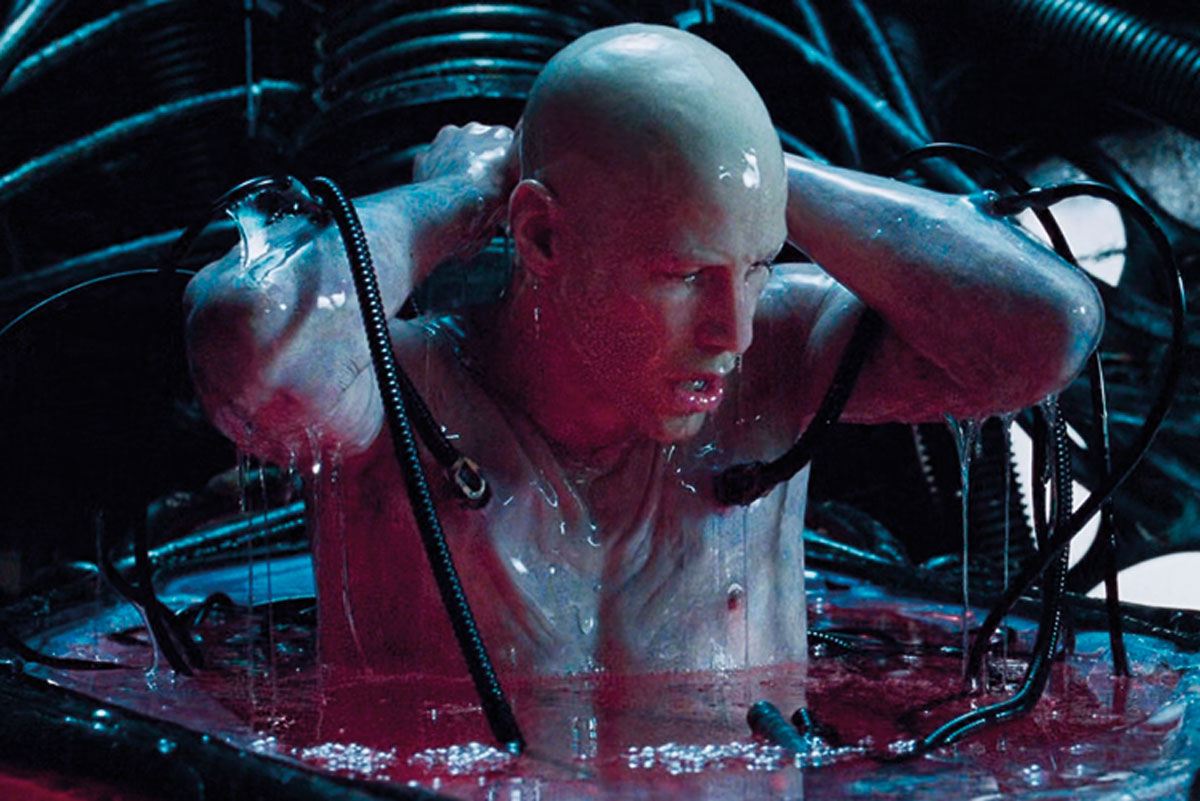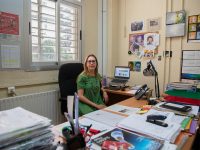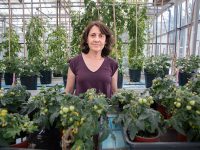
They often speak of the magic of cinema, but how do we define magic? According to the Gran Enciclopèdia Catalana, magic is an «occult science that aims to produce effects with the help of supernatural beings or secret forces of nature and that can be used by anyone who knows its practices». With the help of a little scientific knowledge, a much more precise and simple definition could have been produced, along the lines of «magic is anything that violates any of the laws of thermodynamics». The laws of thermodynamics regulate the flow of energy in the universe and, as with any other law, there are no exceptions. In fact, an exception never confirms a rule, it only breaks it. Have you ever dropped a rock off a cliff and it either went up or stayed still in the air? Thermodynamics governs how energy is preserved and transmitted. From this point of view, there is a film saga that is based on magic, and I am not talking about Harry Potter, but The Matrix. The plot is a sucker punch to the most elementary thermodynamics.
This Wachowski sisters’ saga tells us that the real world where the main characters live is just an illusion. Humanity has been subdued by information technology in such a way that they are all farm animals without ever realising it. The Matrix itself generates a virtual reality for them so that they are unaware of the situation. From a cinematic point of view, the first film capitalises on its originality and wow factor, but the rest gradually fizzles out and loses interest. The series followed a downward trajectory and the subsequent films by the authors have had rather discreet critical and commercial results. Let us leave aside the philosophy of The Matrix, steeped in a strong mystic-religious feeling (it is no coincidence that Neo, the protagonist of the story played by Keanu Reeves, wears a sort of cassock), and move on to the scientific aspects. What is the function of keeping the human species as if they were laying hens? Well, to produce energy, and this is where the cracks in thermodynamics start to appear.
«What is the function of keeping humans as if they were laying hens? To produce energy, and this is where the cracks in thermodynamics start to appear»
Animals are heterotrophic organisms, so we cannot obtain energy directly from the sun or from inorganic sources. We are constrained to get our nourishment from other organisms. We obtain the matter and energy we need to maintain our vital functions from food. And, needless to say, we are very inefficient from an energy point of view. We have to continually refuel and we do not even utilise it as well as ruminants. Until the industrial revolution, the main power used for transport or farm work was animal traction, based on herbivorous animals. If we were to calculate the CO2 emissions or the water footprint of animal traction compared to that of a diesel engine, we would throw our hands up in the air. The mere fact that animals need to eat plants already implies that a lot of energy is lost along the way. Using plants directly as biofuel is not a great thing either. In general, it costs more energy to grow, harvest, and obtain biodiesel and bioethanol than the energy obtained with these compounds. Do you remember when, in 2006, the President of the Generalitat Valenciana at the time, Francisco Camps, opened a plant dedicated to the production of bioethanol from orange waste? Well, nobody does.
Using humans as biofuel would only make sense if we were to spin a Ferris wheel as they used to do with donkeys, but it would be more expensive, since eating meat involves greater energy expenditure. If we were to use electrodes to extract energy from ourselves, we would collapse because we would have nothing left to keep our hearts beating and all other physiological or cellular processes going. If the machines wish to dominate us, they had better buy solar panels.





